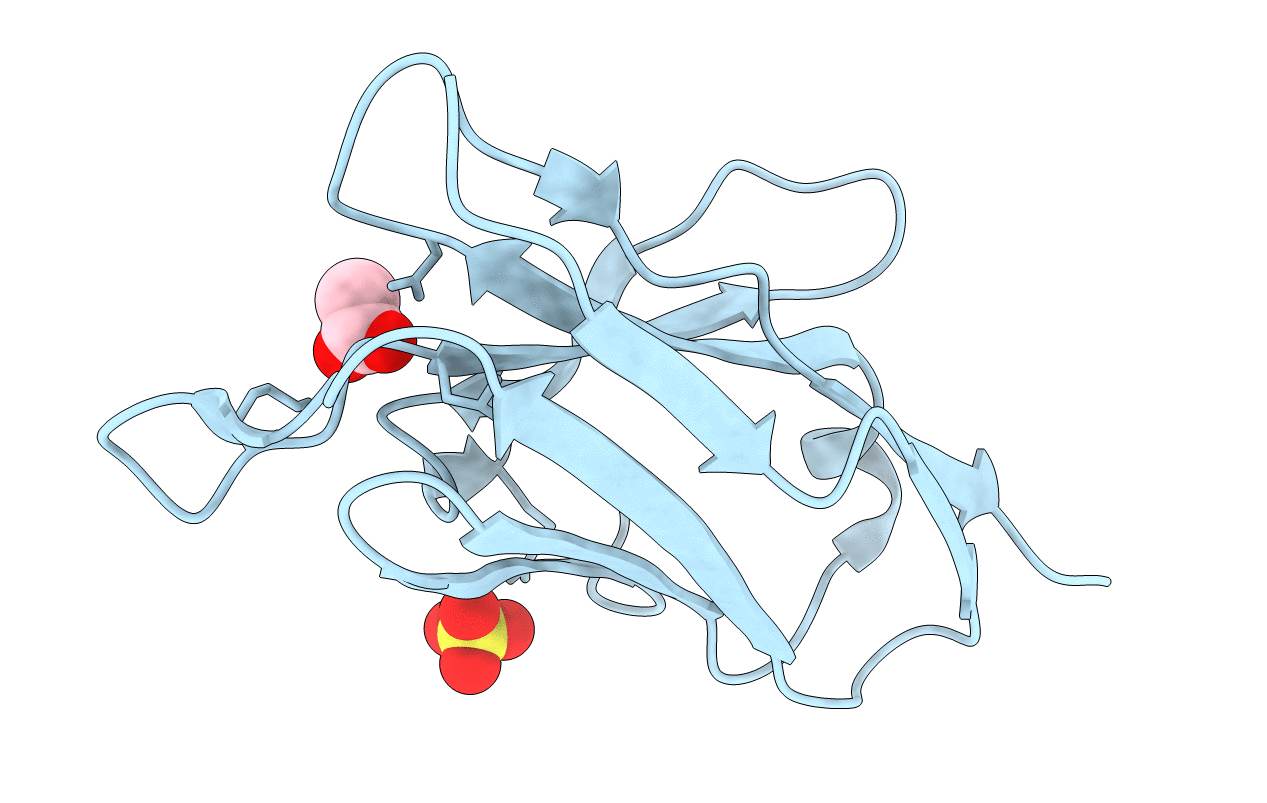
Deposition Date
1992-03-30
Release Date
1993-07-15
Last Version Date
2024-12-25
Entry Detail
PDB ID:
2IMN
Keywords:
Title:
Refined crystal structure of a recombinant immunoglobulin domain and a complementarity-determining region 1-grafted mutant
Biological Source:
Source Organism:
Mus musculus (Taxon ID: 10090)
Method Details:


